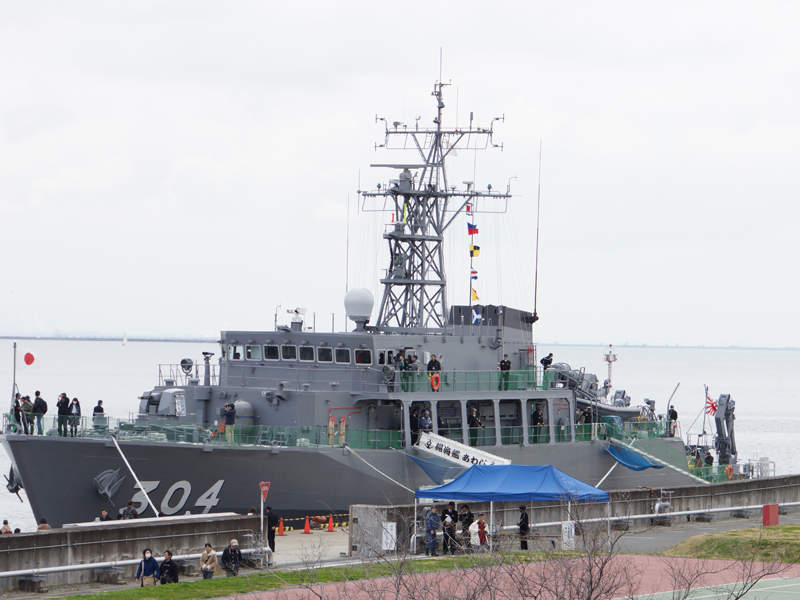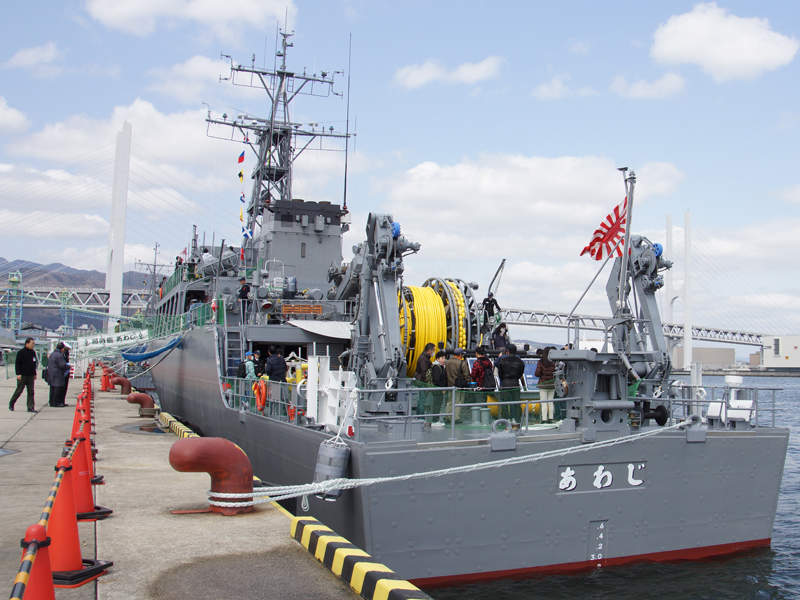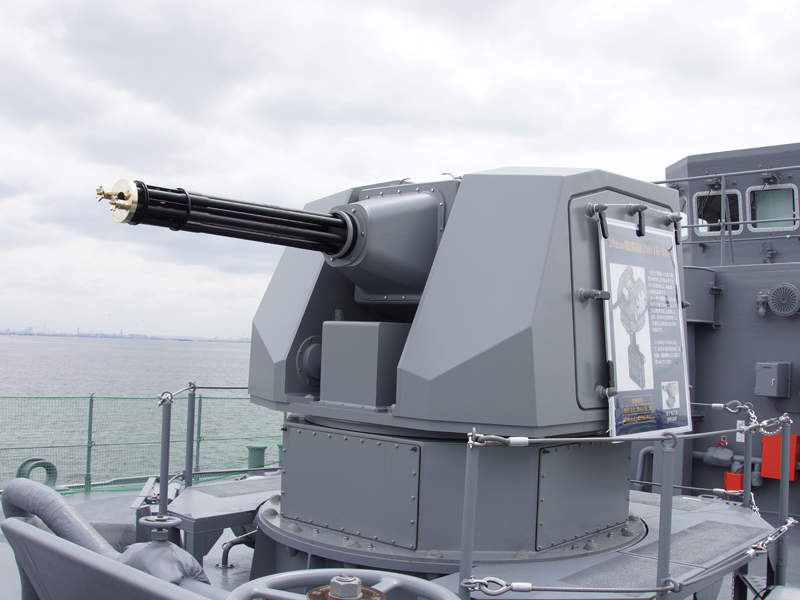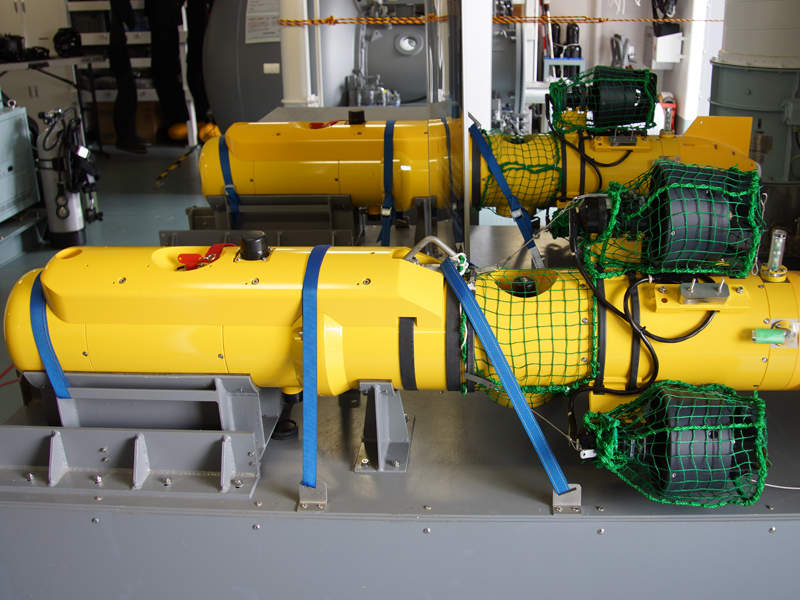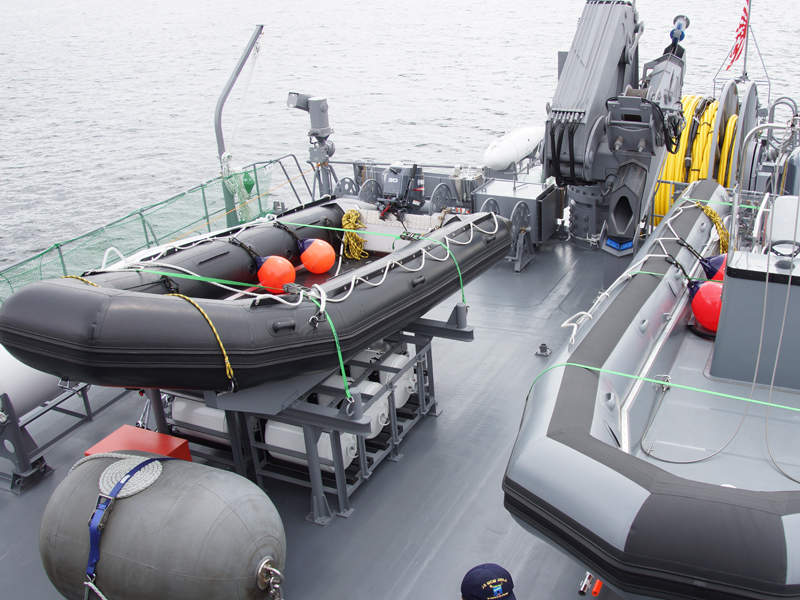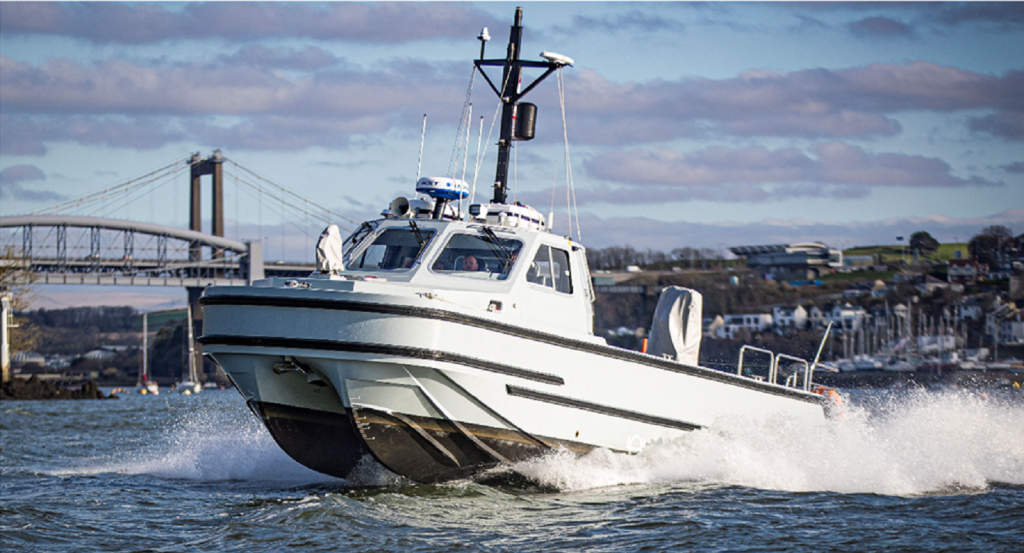Japan Maritime Self-Defense Force (JMSDF) ordered a class of three minesweeping vessels from Japan Marine United (JMU) to strengthen its minesweeping capabilities for safety and security of the marine infrastructure.
The Awaji-class can be used by minesweeping forces of the JMSDF to clear a large number of mines in Japanese territorial waters and ports to protect naval and passenger vessels carrying troops, passengers and supplies.
The three new ships will substitute the ageing Yaeyama-class minesweeping vessels, which entered JMSDF’s service in 1993.
Awaji class minehunters construction
The lead minesweeping vessel in the class, Awaji (304), is named after Awaji Island in Hyogo Prefecture, Japan. The ship was launched in October 2015 and delivered to the Japan Ministry of Defence in March 2017.
The launching ceremony of the second minehunter vessel, Hirado (305), was held in February 2017, and its sea trials were conducted in September 2017. It was delivered to the JMSDF in March 2018. The vessel is named after Hirado Island in Nagasaki Prefecture, Japan.
The third ship (306) is expected to be commissioned in 2021.
Design and features of Awaji-class minesweepers
The Awaji-class mine countermeasures vessels feature a lightweight design. The composite fibre-reinforced plastic material is used in the construction of the hull to reduce the ship’s weight and magnetic signature, as well as increase stealth performance.
The vessel has a length of 67m, breadth of 11m, draught of 5.2m and standard displacement of 690t. The minesweeper can carry up to 60 crew members.
Rigid-hulled inflatable boats are carried at the aft to transport payloads over long distances at high speeds. The boats can be launched and recovered using marine davits or a crane.
The ship is also outfitted with a pair of cranes at the stern for the launch and recovery of mine-hunting vehicles.
Navigation systems
The ship’s navigation bridge is located amidships with a large antenna mast above it. The antenna mast features marine navigation, a global positioning system (GPS), precision navigation and communications equipment, as well as a marine radar.
An infrared imaging device is installed on top of the navigation bridge to support minesweeping missions under low-light or night conditions.
Armament and minesweeping capabilities
A remote control weapon station, armed with a JM61R-MS 20mm calibre cannon, is installed on the bow deck to provide anti-aircraft defence.
The Awaji-class minesweeping vessel carries a variable depth sonar (VDS) system at the aft to detect, locate and classify mines, submarines, surface vessels and other underwater objects positioned at various depths in both shallow and deep water. The VDS can be deployed and retrieved using a winch drum.
The ship also carries unmanned underwater vehicles (UUVs) to locate and clear deep mines, as well as underwater inspection equipment for the inspection of submerged objects.
Additional minesweeping equipment carried by the Awaji-class includes mine detecting sensors, mine disposal devices and acoustic devices.
Propulsion and performance of Awaji-class minesweepers
The Awaji-class is powered by two diesel engines, which provide a maximum power output of 2,200hp each. The engines are coupled to a pair of controllable-pitch propellers (CPP) through two shafts. A bow thruster is fitted to increase the ship’s manoeuvrability.
The vessel also incorporates two auxiliary electric propulsion systems to supply power for on-board systems.
The propulsion system provides an operating speed of 14k.

